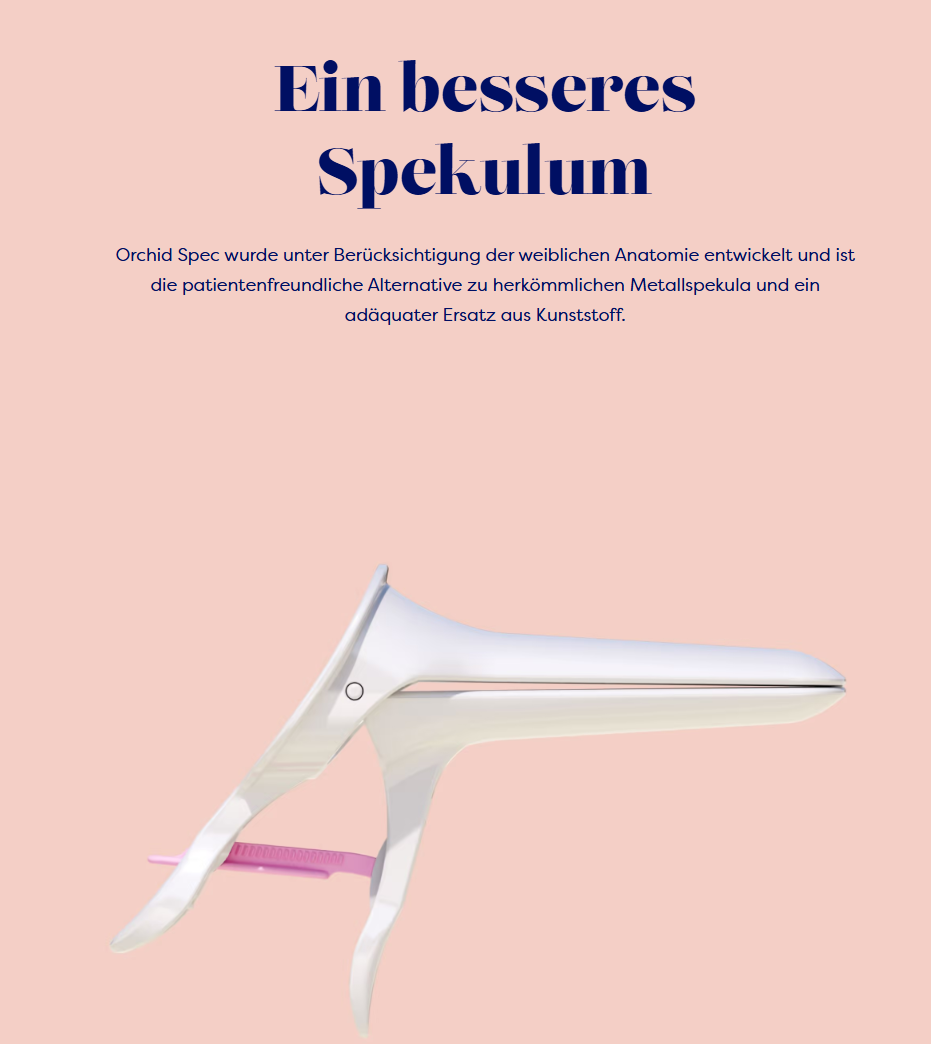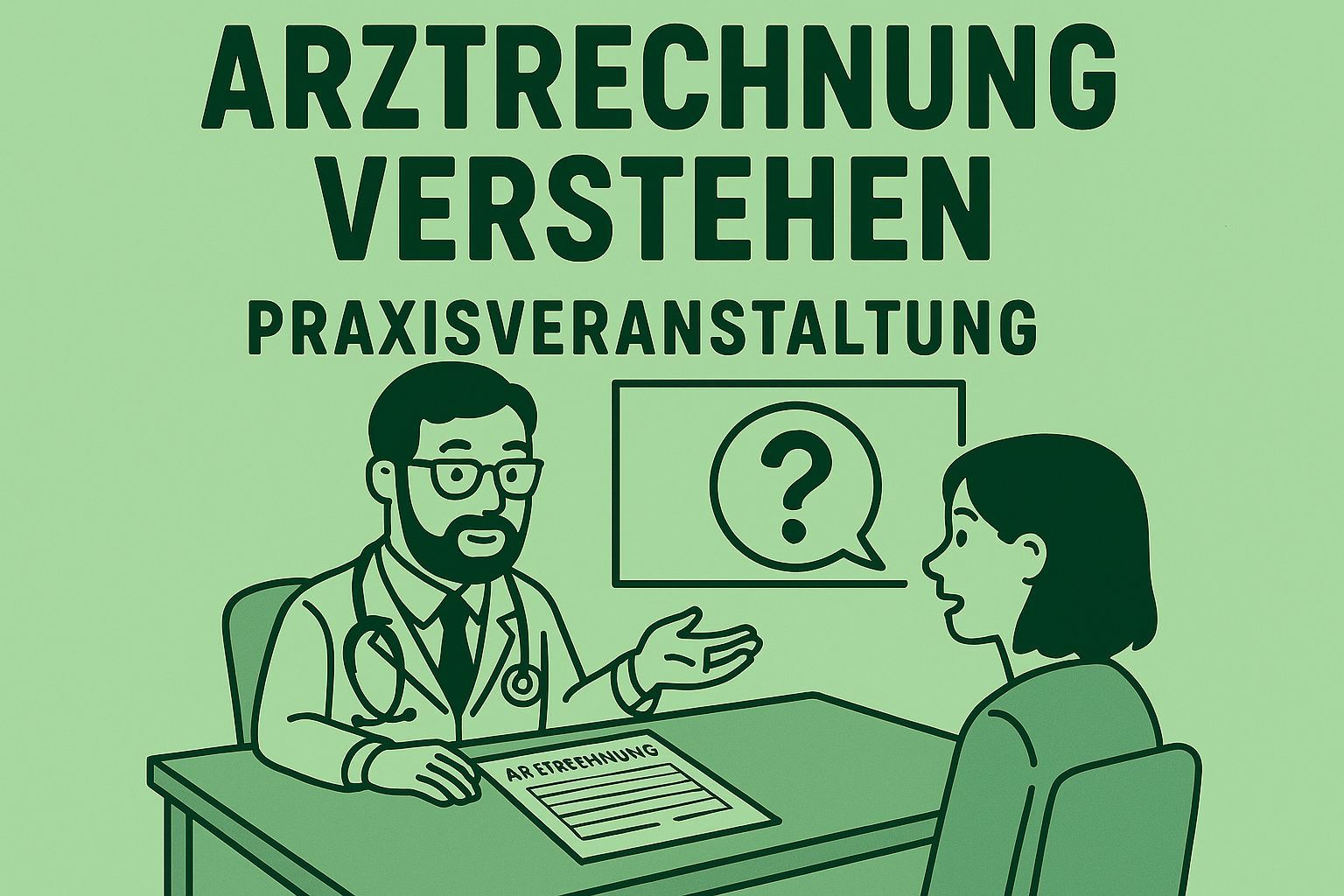Blog
Short, clear and up-to-date: medical topics, tips and information for your everyday life.

by Denis Faoro
-
September 10, 2025
An overactive bladder can have a significant impact on quality of life. Those affected suffer from a frequent, sudden urge to urinate, which is often difficult to control and can lead to involuntary loss of urine. This problem occurs regardless of how full the bladder actually is and can not only make everyday life more difficult, but can also lead to social isolation. Sudden, strong urge to urinate, regardless of how full the bladder is; frequent urination, often more than eight times a day; urge to urinate at night, getting up several times during the night to urinate and urge incontinence; uncontrollable loss of urine due to the strong urge to urinate - these are the symptoms of an overactive bladder. Many possible causes The causes are varied and cannot always be clearly identified. The most common factors include: hypersensitive bladder muscles (the bladder suddenly contracts even when it is only slightly full), neurological diseases such as Parkinson's, multiple sclerosis or strokes, hormonal changes (especially during the menopause), recurring urinary tract infections that irritate the bladder and trigger an increased urge to urinate, and bladder weakness due to ageing (the bladder and pelvic floor muscles can lose strength with increasing age). Therapeutic approaches - what helps? An overactive bladder can be treated with various approaches. These are bladder training (regular and consciously delaying urination helps to train the bladder and improve control), behavioral therapy (adjusting fluid intake and diet can help to alleviate symptoms), pelvic floor exercises (targeted exercises strengthen the muscles and improve urinary control), drug therapy (certain medications can relax the bladder muscles and reduce the urge to urinate) or Botox injections (in severe cases, Botox can be injected directly into the bladder to regulate its activity). Early diagnosis is important Overactive bladder is a common but often overlooked condition that can severely limit those affected. Early diagnosis and targeted treatment can significantly improve quality of life. Anyone who notices symptoms should not hesitate to seek professional help.

by Denis Faoro
-
August 11, 2025
An overactive bladder can have a significant impact on quality of life. Those affected suffer from a frequent, sudden urge to urinate, which is often difficult to control and can lead to involuntary loss of urine. This problem occurs regardless of how full the bladder actually is and can not only make everyday life more difficult, but can also lead to social isolation. Sudden, strong urge to urinate, regardless of how full the bladder is; frequent urination, often more than eight times a day; urge to urinate at night, getting up several times during the night to urinate and urge incontinence; uncontrollable loss of urine due to the strong urge to urinate - these are the symptoms of an overactive bladder. Many possible causes The causes are varied and cannot always be clearly identified. The most common factors include: hypersensitive bladder muscles (the bladder suddenly contracts even when it is only slightly full), neurological diseases such as Parkinson's, multiple sclerosis or strokes, hormonal changes (especially during the menopause), recurring urinary tract infections that irritate the bladder and trigger an increased urge to urinate, and bladder weakness due to ageing (the bladder and pelvic floor muscles can lose strength with increasing age). Therapeutic approaches - what helps? An overactive bladder can be treated with various approaches. These are bladder training (regular and consciously delaying urination helps to train the bladder and improve control), behavioral therapy (adjusting fluid intake and diet can help to alleviate symptoms), pelvic floor exercises (targeted exercises strengthen the muscles and improve urinary control), drug therapy (certain medications can relax the bladder muscles and reduce the urge to urinate) or Botox injections (in severe cases, Botox can be injected directly into the bladder to regulate its activity). Early diagnosis is important Overactive bladder is a common but often overlooked condition that can severely limit those affected. Early diagnosis and targeted treatment can significantly improve quality of life. Anyone who notices symptoms should not hesitate to seek professional help.

July 8, 2025
As a team at our gynecology practice, we know:
Physical activity is not only one of the most effective measures for the prevention of cancer, cardiovascular and metabolic diseases, but also strengthens our well-being in everyday practice life.
In order to set a good example, we have accepted the kind invitation of









